|
|
|
In the past year, I have spent a lot of time sorting through old photographs. First, my mother passed away in June of 2021. Along with my sister, husband, and two of my children we sorted through boxes of old photos searching for our favorites to create a tribute to our mother/grandmother. Then, after finishing the mammoth task of writing a book with my husband, I decided to begin tackling a project I have been procrastinating for years (if not decades) - scrapbooking all the loose photos from the pre-digital camera days. This includes all of the photos I inherited from my mother. As part of this process, I have also been removing photos from old magnetic albums and putting them in scrapbooks. Most recently, my stepfather passed away. Once again, my sister and I pulled out the big box of photos and started searching for our favorites of Dad. Throughout this ongoing process of photo sorting, I have been getting rid of pictures, but it wasn't until my sister and I were working on the big box that a sort of methodology formed in my brain. It quickly became apparent that some of the photos were not worth keeping, and I realized that we needed to agree on the criteria we would use for determining which photos to keep and which ones to toss out. Otherwise, we would constantly be asking one another "What about this one?" Fortunately, we had no trouble agreeing on the types of photos we were comfortable throwing away. Our categories were as follows: Poor Quality Images: The quality of a photograph can be affected by a number of factors to include lighting, focus, exposure, background/surroundings, and more. There is no reason to hold onto poor quality images. This is especially true in today's world when it's easy to delete a bad photo or retake an image, but even older photos are of no value if you cannot see the subject clearly. Unrecognizable Images: Images can be unrecognizable for a number of reasons. For one thing, poor quality images can render their subjects unrecognizable. In this case, however, I am mostly referring to subjects that you do not recognize. These could be people, animals, or places. My mom was an animal lover. She took almost as many photos of her various pets over the years as she did her children and grandchildren. In some cases, neither my sister nor I recognized a particular animal; thus, we felt no remorse in getting rid of its photos. With regard to people, we decided we didn't care to keep photos of friends of our parents from the 1960's whom we did not recognize or know. We did, however, hang onto old family photos (even if we couldn't identify all of the individuals in the picture) in the hopes that someone else in the extended family might be able to identify the unknown person or persons. We also tossed out pictures of places we've never been, didn't recognize, or couldn't remember. One of the problems that arises from shoving all your loose photos together in one big box is that they get mixed up. Some things, when taken out of context, become unrecognizable and lose all meaning. Lastly, we got rid of images of things we didn't recognize like a series of photos of an anniversary cake for someone named Bill and his wife (whose name was indecipherable in the images). We further tossed pictures of things we simply didn't care about. These included pictures of such things as a vase of flowers or Christmas decorations or a craft project. Multiple Images: One thing I have discovered as I have started scrapbooking is that I often have more photos of an event than I really want or need. Often there are several that are extremely close in terms of subject matter and detail, having been taken a few seconds apart. While this is sometimes desirable for documenting the progression of an event, it is often just redundant. In our case, we opted to choose our favorite images and get rid of the ones we didn't like as well. It's also true that back in the days of printing photos from negatives, people often chose to print duplicates with the intent of sharing. In some cases, we each opted to keep a copy of an image, but for the most part, one copy was enough. I mentioned that my mother loved photographing her animals. The result was an inordinate number of images of the same cat. It would seem that Scrappy the Calico was a particular favorite of Mom's as we have at least 50 photos of her lazing about when three to five especially cute images are more than enough to create a scrapbook page to remember her by. Other People's Images: My mother was a high school secretary for 23 years. Later, she worked in an elementary school cafeteria during her semi-retirement. As such, she had hordes of photos of other people's children - kids she worked with at the high school who gave her a wallet sized copy of their annual school photo or senior picture. These were nice for my mom when she was working, but had little, if any, meaning for my sister and I, so we got rid of most of them. The exceptions were extended family members and close friends of the family. While we all love getting pictures of our friends' family at Christmas time or other times of celebration, how much do we actually love going back and looking at those photos of our college roommate's kids twenty years later? In our case, the answer was not much, so we tossed a lot of photos of other people's families during our sorting process. Toss the Guilt Out with the Photo My mother seems to have been of the mindset "If you take a photo, you must keep the photo." I confess that even I have been guilty of this misconception, at least I was in high school. Thankfully, I am over it. Looking back, I have no trouble getting rid of images that no longer have any meaning. Indeed, some were not good images to begin with (for reasons identified above).
Having eliminated the excess photos from my mother's (and my own) photo collection, I know that looking through them in the future will be more enjoyable because all that remains are images that have meaning and are easy to interpret. No more asking "What's that?" or "Who's that?" or "Why do we have so many pictures of that cat?"
10 Comments
On more than one occasion, I have made the mistake of accepting jobs with clients who have been referred to me by family members. In one case, a woman hired me to work with her adult daughter, a single mother of four. On another occasion, a son and daughter-in-law (who lived out of state) asked me to work with his parents who were in their nineties. In both situations, there was a clear need for the assistance of a professional organizer, and I completed several sessions with good result, but the results were short-lived. I would return each week to find that little effort had been made in my absence to maintain what had been accomplished on my previous visit. Both cases ended with me contacting the referring family member to tell them I no longer felt comfortable taking their money. Why? Because both the adult daughter and the aging parents lacked the most essential requirement for successful, long-term decluttering: desire. While it was clear to me, and to their loved ones, that they could assuredly benefit from a decrease in clutter combined with an increase in organization, neither felt particularly compelled to embrace the process. In all honesty, I suspect that both felt a tad resentful at having their space invaded by a stranger in order to quell the unwelcome judgments of well-meaning (but meddlesmone) family members. I could have helped the elderly couple and the single mom. I could have made their lives easier and their spaces more comfortable. I could have saved them time, and money, and frustration. None of that mattered, though, because they didn't really want my help. They liked their spaces the way they were. They liked their stuff and didn't feel a need to part with anything. Because they had no desire to declutter, any efforts by outsiders to help them do so were destined for eventual, if not immediate, failure.
One person's clutter is another person's comfort. This being the case, it is impossible, not to mention inconsiderate, to inflict decluttering on another adult person. It won't work. The minute they are left to manage their space as they like, the clutter will return. They will, in all likelihood, seek it out in order to restore a sense of normalcy and ownership to their space. This reluctance (or downright refusal) on the part of family members to clear away the clutter can be frustrating to say the least, but think of it from their perspective. Would you want someone telling you what you should do with your things? Do you not consider yourself the authority on your stuff? What appears to be clutter to some seems entirely appropriate, and even desireable, to others. This point is reinforced to me a couple of times a year when we visit my father-in-law whose relationship with stuff is completely foreign to me.
My father-in-law loves stuff. Personally, I take Marie Kondo at her word. If an item - in and of itself - does not bring me joy, I find it a new home. For my father-in-law, simply obtaining things brings him joy, and having them fills him with comfort. The nature or quality of a particular thing has no real bearing on its ability to bring him satisfaction. It isn't the thing itself but the possesion of it that seems to bring him pleasure. He just loves aquiring and having things. Let me share an example (or two) to illustrate my point. On our most recent visit he couldn't wait to show me his latest acqisition. "Check out this desk I found on the side of the road. It was free." (It looked free.) It was obvious from the enthusiastic anticipation on his face that he was waiting for me to congratulate him on the procurement of this amazing find, but I couldn't. I just couldn't. Instead I said, "Do you need another desk?" knowing full well that he does not. He has seven desks. I counted them. "No," he smiled, unperturbed by the failed attempt at affirmation. "But it was free." This exchange is only too common between us. Ask me about the second sewing machine. - he does not know how to sew - or the bicycle he paid to have resurrected after stumbling across it at the dump (yes, the dump). He is 77 years old, and one has to traverse no less than a minimum of four miles of gravel roads in any given direction in order to get to his house. Members of our family (my husband and I included) have had flat tires on three occasions driving on those gravel roads. What on earth does he want with a junkyard bicycle? Dad likes to think that he will ride the bicycle or learn to use the sewing machine (both of which he has had without using for over a year now), but in all honesty, he isn't the least bit concerned about whether or not they actually earn their keep. He just likes having them.
As a person who loves order, I used to cringe a little encountering all the loose screws and empty plastic containers and other odds and ends my husband's father insists on keeping. I used to grumble to myself every time I opened the ridiculously heavy drawer in his kitchen where he keeps his 17 frying pans (two or three of which he actually uses). It used to bother me terribly thinking about the fact that some day my husband and his brother are going to have to deal with all that stuff.
How am I able to make those statements in the past tense? Because I've come to a realization. His stuff is his stuff. It's his life, and his house. He isn't a hoarder. His place, while not as orderly and neat as my own, is perfectly presentable. Most importantly, though, it brings him joy. It makes him happy to have his things about him, no matter how unnecessary and lacking in value some of those things may seem to others. While the professional in me wishes that all the world would embrace the wisdom of living a clutter-free life, the daughter in me has come to realize that it's just stuff, and for now it has a happy home with someone who values it. Possessions are highly personal in nature. There is no sense in trying to define the worth of someone else's belongings for them. For this reason, those of us who are inclined toward order must sometimes learn to be patient and accepting of those who happily inhabit the other end of the clutter spectrum. On June 24th my mother passed away. It wasn't sudden or surprising. Her health had been steadily failing for some time. But, as I'm discovering, the likelihood of a person's passing doesn't make it any less sad or surreal when it occurs. As my sister and I have experienced (and continue to experience) the process of planning a funeral and closing out a loved one's estate, we have had ample opportunity to reflect on a number of things from the spiritual to the intellectual to the temporal. Not surprisingly, one of the things that dominated our thoughts in the days following our mother's passing was how best to remember and celebrater her life. This process is unfortunately, but necessarily, dominated by a vast number of decisions regarding the permanent resting place of a person's remains. I think it's natural in such circumstances to think about what you would do, or what you would want done, in a similar situation. I also think that making some decisions in advance, and even taking certain actions, regarding your own funeral and burial, is a gift you can give your loved ones that will bless them tremendously during a very difficult time of their lives. While there are a number of things you can do to make your passing a little less stressful for your loved ones, in this post I'm going to focus solely on the benefits of planning your own funeral.
Do you sometimes feel a deep sense of weariness at the end of a long day? If so, you are not alone. Each and every one of us is bombarded on a daily basis by a never-ending stream of decisions about everything from the mundane to the life-changing. The stress that results from this endless mental strain is known as decision fatigue. The more stressed we are, the more difficult it is to make coherent decisions. Unfortunately, the death of a loved ones is fraught with decisions - important decisions: decisions about how and where to bury them, decisions about the dispersal of their personal belongings, decisions about the management of their finances and property, and more. At a time when people understandably feel least capable of or inclined to make important decisions, important decisions are demanded of them. Making some decisions in advance regarding your own funeral and burial can relieve much of this difficult burden for your loved ones. Here are some of the benefits of planning your own funeral. Financial Funerals are expensive and fraught with hidden costs. Not all of these costs can be covered in advance, but the big ones like a casket, burial plot, and headstone can be decided upon and paid for anytime. Covering as much of the cost as possible in advance will not only save your family a great deal of money; it will also provide them peace of mind. If you are not inclined to purchase your own casket, burial plot, and headstone, consider planning financially for these necessities so that your family will not have to bear the expense. This can be done in a couple of different ways. You can purchase a life insurance policy specifically designed for this purpose, but keep in mind that it takes weeks or months to collect on a life insurance policy and funeral costs are immediate. Another option is to set aside a fund to pay for your funeral expenses. Just be certain that your family knows where the money is located and how to access it in the event of your death. Whichever option you choose, I recommend having a minimum of $15,000 set aside (twice that would be preferrable). In addition to funeral costs, you family's finances may further be strained by costs associated with travel and lost wages incurred through taking time off to manage your affairs. For this reason, you may want to consider saving beyond the bare bones cost of a funeral in order to more completely ease your family's financial burdens. Mental As mentioned previously, decision fatigue is real, and having to make important decisions while suffering the mental and emotional strain associated with a loved one's death is extremely taxing. In dealing with our mother's passing, my sister and I both found ourselves feeling tremendously tired, and this exhaustion was as much mental as it was physical. Emotional The emotions surrounding the death of a loved one are complex and intense in their own right. It's possible to inadvertently add to your loved ones' emotional burden by forcing them to search for the information they need to close out your estate. Doing so will likely lead to frustration and possibly even annoyance. The presence of such emotions at the time of a loved one's passing can further lead to feelings of guilt. By not only planning aspects of your burial, but also sharing that information with your family, you can greatly relieve the stress they are bound to feel. Social/familial If decisions are made in advance by you, then your family isn't left to wonder what you would want and potentially argue over what's best to be done. It is assuredly helpful to loved ones to have some of the details of a person's funeral planned and paid for in advance, but not necessarily all. Dictating to your loved ones how you wish to be remembered (or not as the case may be) may prevent them from mourning in the manner that will be most healing to them.
My grandmother lived across the street from us growing up. She was an integral part of my young life until she passed away during my sophomore year of high school. She was always there, a constant. Until she wasn't.
We did not have a funeral for her, not because we didn't want to, but because she asked us not to. There was no celebration of her 82 years of life, no sharing stories with friends and family, no bidding her farewell. One day she was just gone forever, and we just had to get used to the idea, slowly, with nothing to ease the transition. My mother made a similar request, but my sister and I chose not to honor her wish. We understood that funerals are an important step in the process of achieving closure when it comes to the loss of a loved one. They provide an opportunity to remember, to celebrate, and to say goodbye. My sister and I needed that opportunity to reflect and to mourn. We needed to be surrounded by friends and family and hear from dozens of people how impactful our mother's life had been. We needed to witness the reality of her departure first hand so that we could better process it in the coming days and weeks. We kept it simple, knowing that what she was really asking us was not to go to a lot of trouble. We said what we needed to say. We heard what we needed to hear. We both believe that had she been present, Mom would have been pleased. While purchasing a plot, a casket, and a headstone can save your family a lot of stress and money at the time of your passing, dictating too many specifics regarding your funeral may very well cause them stress. It's important to remember that while your funeral will most definitely be about you, it isn't for you. Allow your loved ones the freedom to celebrate your life and their love for you in the manner that will be most meaningful and healing for them. As an organizer, I've been told many times and in a variety of ways, "I just don't have the organizing gene." It is true that organization comes naturally to some people, and for others it is more of a struggle. That said, organization is a skill, or set of skills, and as such, it can be learned...and taught. If you are raising children, organization skills are some of the best skills you can instill in them. Teaching organization skills to children will benefit them in a variety of ways. Children with organization skills are able to:
Instill Good HabitsTeaching organization skills to children begins with instilling good habits. This can be accomplished in a variety of ways. The more approaches that are utilized, the more likely children are to understand, master, and adopt the skills you're trying to teach. Try implementing the following:
These are just a few examples of things you can do to help instill good habits in your children, and the best part is that all of these skills benefit you as well! Set Them Up for SuccessThere are a number of things that parents and caregivers can do to help children learn organization skills with greater ease. Consider the following:
Provide MotivationMotivation is both a catalyst and an inducement. It is also a self-sustaining phenomenon. Motivation prompts us to act. When we act, we experience success, and success fuels our motivation to continue to act. Motivation can be external (think catalyst/inducement) or internal (desire for success). As a parent or caregiver, there are numerous things you can do to provide motivation to encourage children to do the things that will instill good habits.
Be an ExamplePerhaps the most important thing you can do to instill good habits in children is to set an example of the behaviors you want them to adopt. In the case of developing organization skills, you can do this by creating and maintaining an organized space. It all starts with having a place for things, knowing where things are, and putting things away consistently. It's also important to practice what you preach, so to speak. Follow the advice you give and the guideline you establish. Let them see the benefits of adopting these behaviors by observing you.
Young children often find tremendous satisfaction and delight in creating works of art. Indeed, many children are prolific artists. Storing and displaying all their creations can present a bit of a challenge for parents. For one thing (if we're being totally honest), not everything they draw, paint, or color is worthy of exibition. In addition, most of the art they produce is on cheap paper that tends to yellow, wrinkle, and curl over time. Then there is the children's own insistance that their work be kept and preserved which requires both display and storage space. With a little planning it is possible to develop a system for curating children's artwork that will satisfy everyone's needs and desires. AFFILIATE DISCLOSURE: This post contains affiliate links. This just means that there are product suggestions included within the text. Should you click on one of the links and decide to make a purchase, I will receive a small commission. I only suggest products I love and and have experience with that are directly related to the content in this post. You can view my Disclosure Statement for more information. Thank you for your support!
I recommend designating a specific space in your home for displaying your child's artwork and then rotating pieces over time as new ones are created. This will help prevent pieces on display from degrading over time and keep the exhibit fresh and interesting. In addition to that old favorite the refrigerator, possible candidates for display space include a hallway, kids' playroom, family room, stairway or entry. Personally, I like to choose a space that visitors are sure to see.
A simple Google search will yield hundreds of examples of ways to display children's artwork. Here are a few of my personal favorites: Frame It: Consider framing special pieces for added impact and appeal. I love float frames for this purpose as they tend to really catch the eye and make whatever is framed in them stand out against the background. Since kids' artwork is often produced on oversized paper, I recommend 11" x 14" frames at a minimum. With a float frame, it's okay if the piece is smaller than the frame - better to have extra space than to have to trim a piece down to fit the frame. If you don't want to spend the money on frames, you can create your own using a variety of mediums. For oversized or oddly shaped pieces, you can use scrap wood to create a custom frame like the one shown here that we made to show off our son's rather large drawing of a buffalo which is currently on display in our playroom. A whimsical and unique way to "frame" children's artwork is by creating outlines on a wall using strips of trim, paint, or Washi tape as shown below. A fun bonus of this approach is the ability to easily switch out works of art with little effort. I love this vibrant display wall from artful-kids.com. The use of colored chalkboard paint allows you to create individualized designs around the edges of your frames, adding an even greater one-of-a-kind vibe to your gallery. Perhaps the thing I love most about it, though, is the imperfect nature of the blocks of color. There is no attempt here to create sharp, crisp edges. To me, this adds to the charm and playfulness of the display. Speaking of chalkboard paint, here's another idea from artful-kids.com. In this case, the entire wall has been painted with black chalkboard paint, and individual frames drawn on with chalk. The nice thing about this is that you can switch out pieces by erasing the old frame and drawing in a new one specifically designed to fit and showcase the artwork it surrounds. Washi tape comes in a seemingly endless array of colors and patterns, making it an extremely versatile medium, as demonstrated here by Jennae of greenyourdecor.com. It won't damage your walls, and it's easy to remove and redo, allowing you to change things up to accomodate new creations over time. For those of us who aren't entirely confident in our ability to freehand things, a simple solution is to hang picture frames minus their glass inserts and backing. Paint them a lively color as demonstrated here by Heather from thecaterpillaryears.com. You can paint them all one unifying color as shown or choose an assortment of bright hues for a sort of rainbow effect. You could also select colors to coordinate with the room's decor. Hang It: The benefit of hanging artwork is that it is super easy to switch out pieces. The drawback is that the edges of the artwork have a tendancy to curl up over time. A great way to prevent curling edges is to slide the artwork into a clear plastic sleeve before hanging it. There are lots of fun ways to hang kids' artwork. Here are a few of my favorites: Get yourself some colorful mini clothespins and some natural jute twine (which comes in a variety of colors), and string up a simple "clothesline" like this one by Haeley from designimprovised.com. For a sturdier solution, hang magnetic strips mounted to boards. This example comes from Laura at Never Listless. Finish it off with some fun, colorful circle magnets and you're all set! Keeping with the magnetic theme, why not try this idea by Melissa from Inspiration Organization. Frame a piece of sheet metal to create a versatile display board. If sheet metal makes you nervous, you might try a similar concept using cork. This example from John and Sherry at Young House Love utilized cork tiles. This modified version of a cork display board by Samantha at Simply Organized is great for displaying each child's latest and greatest individually.
Our youngest son's fourth grade art teacher was obsessed with sculpture. Here in my home office, there are no less than five of his creations on display. He is 20 now, but I still love them (especially the elephant). In a previous home, I had one of his creations on display in the living room. It was resting on a set of built-in shelving which also housed many of our treasures from the Middle East. At a dinner party we were hosting, the wife of my husband's boss was admiring the contents of the shelves. After singling out a handful of pieces, she pointed to our son's sculpture and asked, "Where did that come from?" When I told her my fourth grader made it, she said, "Really? I thought it was some sort of ancient relief sculpture!" Long Term PreservationFile It: When it's time to retire a piece of artwork, there are a variety of options for curating items long term. The simplest and most obvious is to create a filing system or binder for preserving extra special pieces. When the filing system starts to get crowded, sort through it and thin it out with the input of the artist. Photograph It: Awkwardly shaped or sized pieces or items that won't withstand the test of time (think macaroni sculpture), can be photographed or scanned as a means of preserving them. In addition to a photo of the item, be sure to take a photo of the artist with their artwork. Photos and scans can be used to create an artwork portfolio. This can be achieved either by printing the photos and inserting them into an album or by creating a photo book online. Provide journaling (yours or the child's) that tells about the piece - when and why it was created, what it is, and how it was produced. For more on this topic, see my post When a Photo Is Sufficient. Artkive ItToo busy to scan all your kids artwork? Don't have the necessary technology to preserve their artwork digitally? No worries. Artkive will send you a box. You fill it with 25 of your child's best works of art and mail it back to them. They will turn it into a custom gallery quality mosaic print complete with smooth white matting and white wooden frame (overall size is 26" x 26"). You also have the option to choose a photo book instead (or in addition). Gift It: Children's artwork makes a fun gift, either in its original form or repurposed from a photograph or scan. The following individuals would most likely be pleased to receive an artistic gift from your child:
Speaking of gifts, if your child likes to draw on newsprint, consider using one or more of their creations as gift wrap. And speaking of sharing, scanned artwork can be saved to a file or disc and shared. Save it to an SD card and insert it in an electronic photo frame to enjoy an ever-changing display of your child's creativity. Preserving kids' artwork in this format allows you to manipulate it in various ways. Use it to create calanders, magnets, coasters, mouse pads, notecards, mugs, t-shirts, decorative pillows, face masks, and more. Children can be sensitive about their creations, expecting parents to hold onto every scrap of paper they ever scribbled on. By taking on the role of curator, you demonstrate to your child that you appreciate their work and care about preserving it. You also help them to understand that there are different ways to preserve and enjoy their creations, that not all creations are created equal, and that learning to be discerning allows them to create a portfolio they can feel proud of.
Three of our four grandchildren have been visiting for the past two weeks. They are six months, two and a half, and almost five. Needless to say, it's been lively. When they are here, the house fairly pulses with energy. Now that they are gone, it feels empty and deflated. It also looks a little like a whirlwind came through. As a young mother of four, I often found myself feeling overwhelmed by the constant struggle to maintain order. As a grandmother, I find myself joyfully embracing the chaos. The fact that there are toys strewn about and things out of place on all three floors of the house and in practically every room is a source of amusement and cheer. It serves as a reminder that little people are about curiously engaging with and exploring their environment. I'm glad to be able to provide a stimulating space that sparks their imagination. As an organizer my natural tendency is to get rid of things that no longer serve a purpose in my life, but my husband and I intentionally made one significant exception to this rule. We saved many of our children's toys. We made this decision with our future grandchildren in mind. It meant moving and storing stuff that no one was really using for about ten years, but it was so worth the effort and space. Now that we have grandchildren, the investment is paying off. When the littles come to visit, they have a blast discovering new things to play with. They refer to the bedroom where they sleep and where the toys are kept as their room, and they love it. Every morning when they wake up, they fill their hands with a selection of toys and wander downstairs to greet the day. They are never bored.
When we purchased our home it had a roughly finished space above the garage which could only be accessed by ducking through a small door at the back of our son's walk-in closet. In our minds, it was always destined to be the playroom, so we dubbed it Narnia. Several years ago we remodeled the second floor, turning the closet into a hallway and reading nook and making Narnia a legitimate bedroom. It's certainly non-traditional, but it's also a really fun space.
An interesting side effect of having a playroom full of toys is that I really don't have to childproof my home. The kiddos are so busy playing with the toys, they rarely get sidetracked by things we wouldn't want them to touch. Although occasionally they do stake a claim to a non-toy item, typically using it in some other way than what it was intended for. On this particular visit, it was a candle holder shaped like a bird cage. My oldest granddaughter quickly surmised that it was the perfect spot for a little bird puppet to dwell and carried it about with her wherever she went in the house for the first several days she was here. Before long, she was using it to hold all her favorite toys, no doubt in a vain attempt to keep them out of her brother's reach. For me the lesson in all of this is that sometimes there are legitimate exceptions to the rule. Stuff should serve a purpose in your life. If it doesn't it's clutter, and as such it becomes a burden. If, however, it brings you and others joy, it's worth the space and effort involved in its storage and upkeep. The key is understanding why you're holding onto things and being honest with yourself about the role they play in your life. Are you getting a return on your investment, or is your stuff controlling you? I recognize that not everyone will understand my choice to go against my inner organizer instincts in this instance. I also realize that not everyone will be in a position to save a whole roomful of toys for their future grandchildren. Most people wouldn't even consider doing such a thing. But for us it has worked out wonderfully, and I am glad we lugged the storage containers full of toys around for a number of years and grateful we had the space to store them. Watching my grandchildren play has helped me appreciate that all the world can be filled with wonder and that joy can be found in the simplest things. I have also been reminded that old things can serve interesting and surprising new purposes. Most of all, though, I have come to understand that even those of us who love and crave order can benefit from a little chaos every now and then.
As the start of a new school year approaches, many parents are holding their breath, waiting to learn whether or not their school district will resume face to face classes. Some are anxious about sending their kids to school with the COVID-19 virus still raging. Others are anxious at the prospect of having to school their kids from home. No matter where you fall on the spectrum, there's a good chance you're feeling some amount of stress with regard to your kid's schooling. With that in mind, it's a good idea to be ready to oversee your children's education, no matter what the plan is for your school district, as a spike in cases could easily lead to another shut down.
We home-schooled our kids for seven years. Thankfully, homeschooling was an intentional choice for us and not something that was forced upon us suddenly by an unforeseen event beyond our control. That said, it was still a bit overwhelming at first. We learned as we went along, and I look back on the experience with great fondness. For me, homeschooling four kids was a full-time job. These days many families can't afford to have one parent at home full-time. That means managing work demands (possibly from home) in addition to all the other responsibilities you may be juggling. I learned quickly that the more organized I was, the easier it was to stay on top of things. Below you'll find a list of things that I did to get organized for home learning. I hope they will be helpful to you as you take on the added responsibility of overseeing your child's education.
,It's important to have a dedicated space for home learning. Your kids will try to argue otherwise. They will say that they can work just fine sprawled out on the floor, lying on their bed, or in any number of recumbent positions around the house. That may be what they want, but it is not the most ideal posture or place for dedicated mental effort. You may think a desk in their room is a good solution. To a degree it can work in certain circumstances and for certain children, but in my experience it is not the best solution. Children's bedrooms are often filled with distractions which can easily submarine their ability to remain focused and on task. In addition, most school work beyond the early elementary level is done on a tablet or computer these days. These devices are themselves instruments of distraction. It's best to have the kids where you can easily supervise their efforts. That doesn't mean they can't spread out and work in different locations on different assignments, but there should be a space dedicated to 'sit down', supervised work. Since most of us do not have a spare room we can convert into our personal schoolhouse, you will most likely need to designate a space within a space for your learning adventures. The ideal school space will include:
Obviously, the more children you have, the more work and storage space you will need. While you may find it best to separate your kids so they don't distract each other, especially when they are working independently, that won't negate the need for a home school home base.
Your children will have preconceived notions about what school should be like. They will probably also have a conception of home as a place to hang out, play, relax, etc. It may be an uphill battle at first getting them to "do school" at home. One thing you can do to help lessen the friction of the transition is to establish and enforce expectations. I recommend a family council in which you establish these expectations with the help of your children. Consider this basic format for your discussion:
When the kids are home all day every day it can be tempting to just do things when you get around to them, but it's important to establish a schedule and stick to it as best you can. The more regimented your routine, the more likely your kids will adapt to it favorably. One of the up sides of doing school at home is that you can create a schedule that works best for you and your family. In our family, that meant starting school each day at 9:00 am. There was no need to start earlier, and waiting until 9:00 gave me time to have a personal devotional, exercise, shower, fix a good breakfast for everyone, and clean up the breakfast dishes - all things I knew would be important for my personal sanity. It also meant I never had to wake my kids up for school. They could sleep as long as they needed to and still be ready in plenty of time for the start of the school day. As you prepare a school schedule for home learning, think about what matters most to you and your family. Include regular breaks for you and your kids. Think about when you and they are at your best and schedule the most rigorous part of the learning day to coincide. Are your kids fresh and raring to go first thing but sluggish after lunch? Or do they take a while to get going in the morning? In our case, we focused on core subjects and seated work before lunch and left the afternoon for hands on, project oriented subjects like science, art, and social studies. Another bonus of homeschooling is that it often does not take as large a chunk of the day as traditional classroom learning. Transitions are swifter, instructions tend to be less tedious, and kids can work at their own pace.
If you are working from home or outside the home, that will obviously impact your availability to oversee your children's' learning. Talk to your boss about adjusting your schedule if needed. Chances are he or she may be knee deep in supervising home learning as well and thus understand. Perhaps you could go in later or get off earlier or some combination of the two. If you're working from home, see if you can schedule your work hours outside the time frame when your kids are most focused and cooperative.
I don't have to tell you that you need a break, but you may need a reminder that it's OK to take one. Not only is it OK, it's essential. When your kids are home all day every day, you need a break from each other. They need time to pursue their own interests, and you need time to recharge and 'get things done'. Whether you are working while homeschooling or homeschooling full time (still a difficult job), you need to find time every day for you - time to put your feet up and do something you enjoy, if only for a few minutes. Doing so will add to your success and well-being.
Having kids home all the time means the house gets even messier. Homeschooling is a great opportunity to teach your kids some life skills and responsibility. When we made the decision to homeschool our kids, we made the decision to put them to work. They had chore charts with simple jobs before we began, but once we started homeschooling those things became a part of our curriculum. We started by identifying skills we wanted them to develop and determining what jobs were most realistic for each of our kids based on their ages. Then we started a concerted campaign to teach them to work.
One of the things that intimidates many parents when in comes to homeschooling is their own sense of inadequacy in one or more subject areas. These days parents have an abundance of excellent educational resources at their fingertips to help lesson the teaching burden and enhance learning for their children. Here are just a few examples of the kinds of resources you can harness as a home educator:
Another excellent way to make use of technology for learning is through utilizing family and friends. This can be done in person or virtually through video conferencing applications like Zoom or Cisco . If you're not great at science or math or some other subject, think about friends, neighbors, and members of your extended family who may excel in areas where you struggle. Then recruit them to work with your child in their area of expertise. Chances are they would love to help, especially if they don't have kids at home. Another option is to trade teaching with friends. When we were homeschooling, I taught a basic core curriculum to a family of refugees preparing to immigrate to an English speaking country and the father, who was a microbiologist and fluent English speaker, taught biology to my high schooler with enthusiasm and gusto. It was a great trade!
If homeschooling is being thrust upon you, it can be tempting to dwell on the down side of the situation, but there are many potential benefits of homeschooling. These include:
Whatever your personal educational choice for your children may be, I hope this has given you the confidence to trust yourself should you be called upon to take charge of your child's learning. I believe in your ability to succeed! I also believe that homeschooling can be a blessing for both parents and children.
|
Archives
November 2022
Categories
All
|
Proudly powered by Weebly

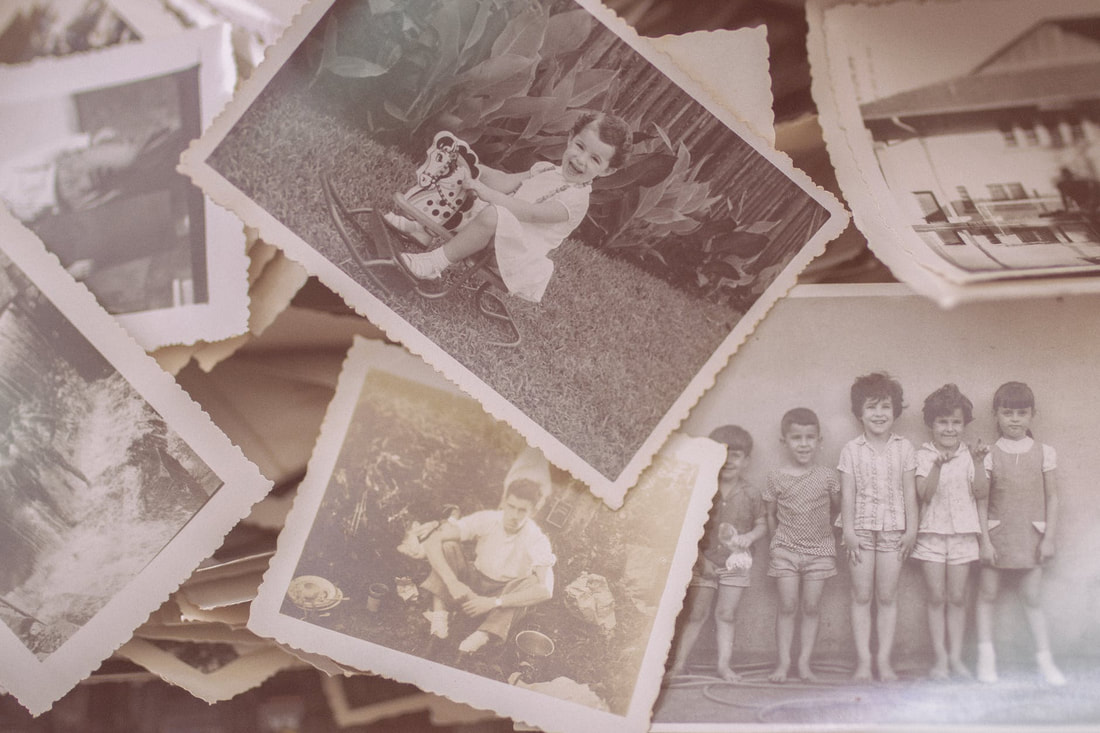





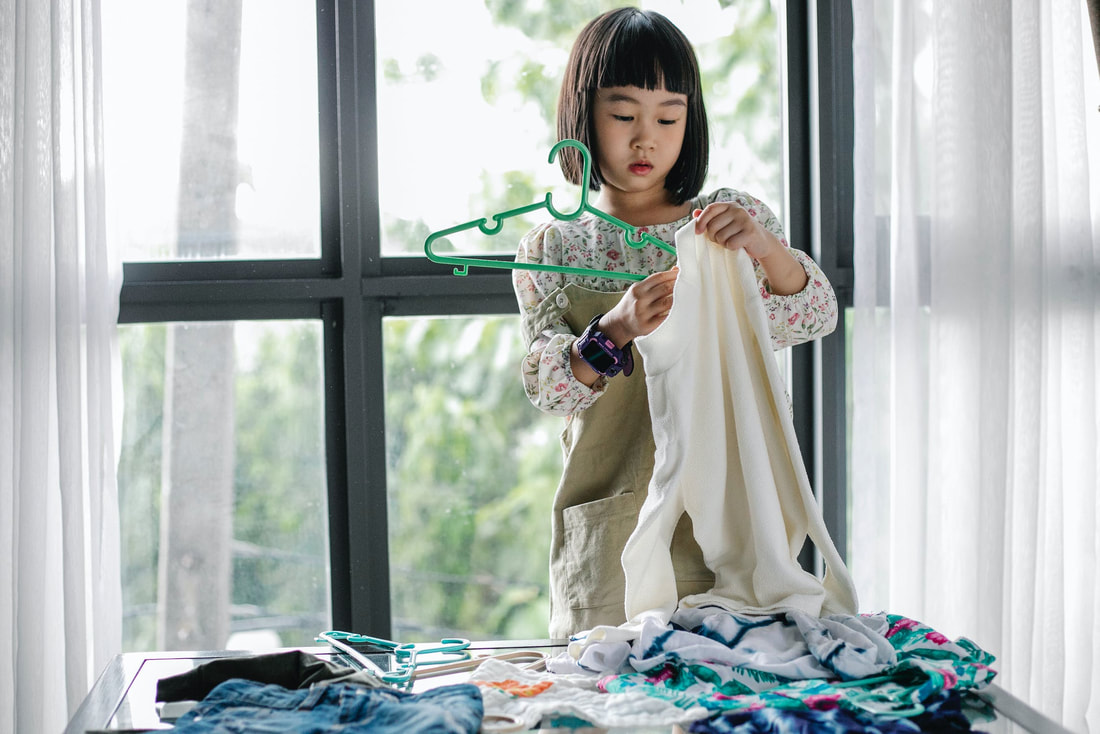
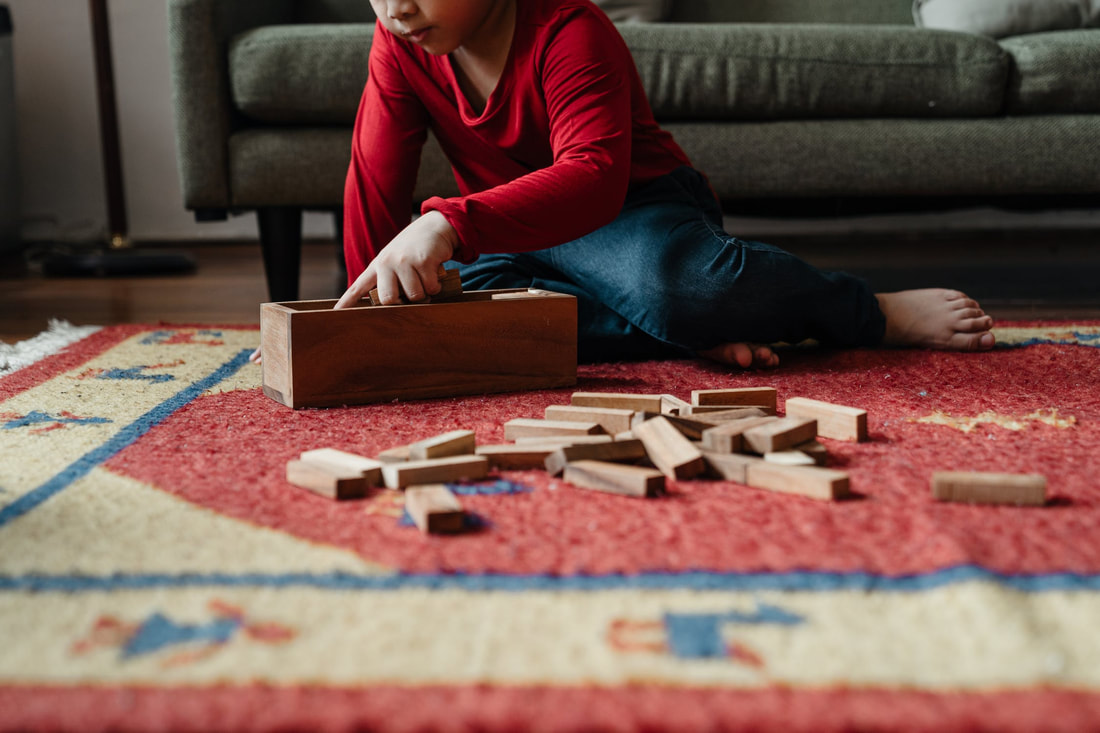
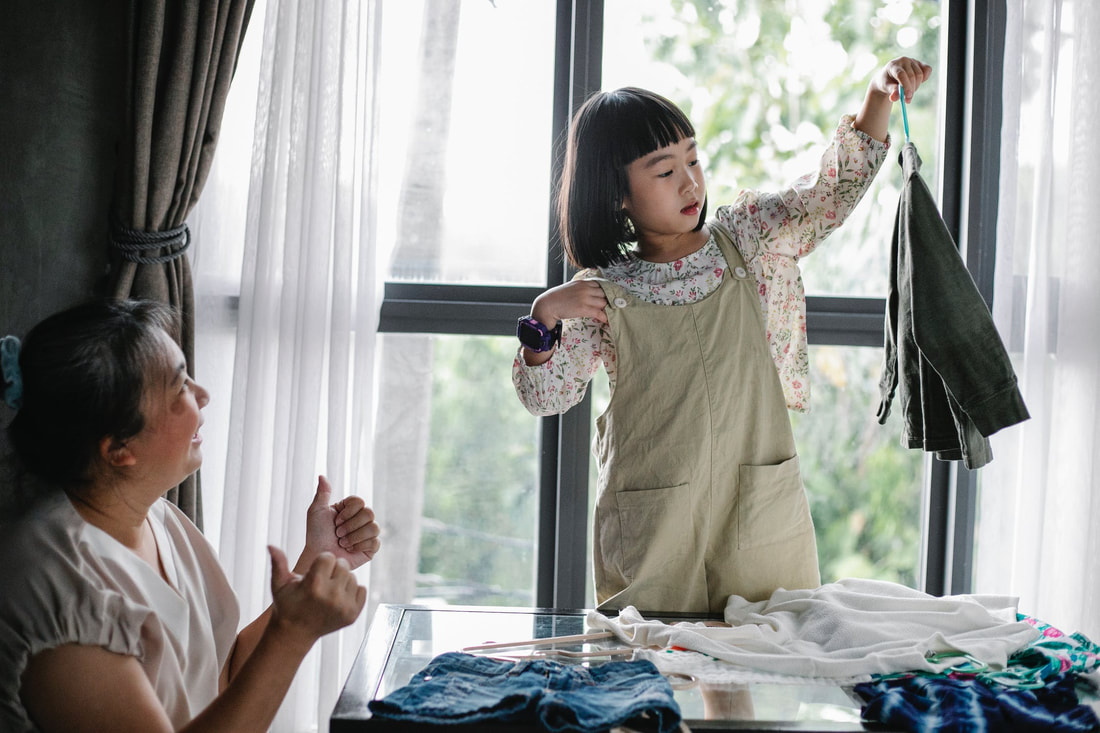
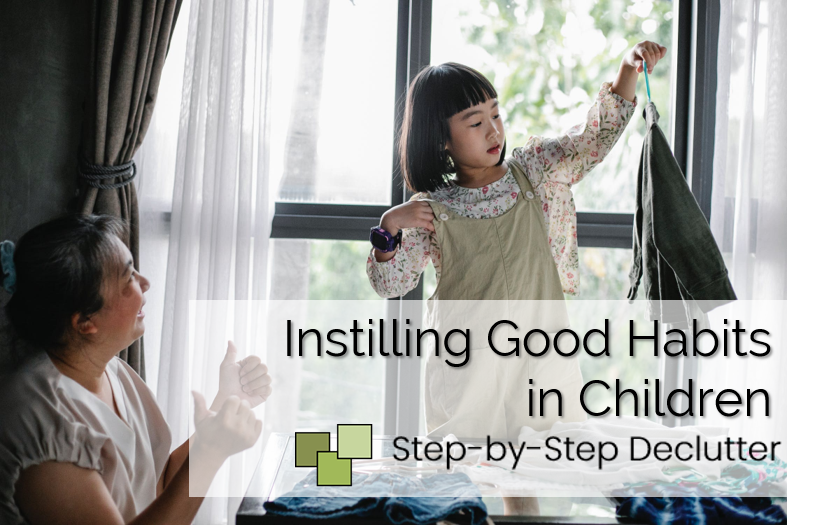
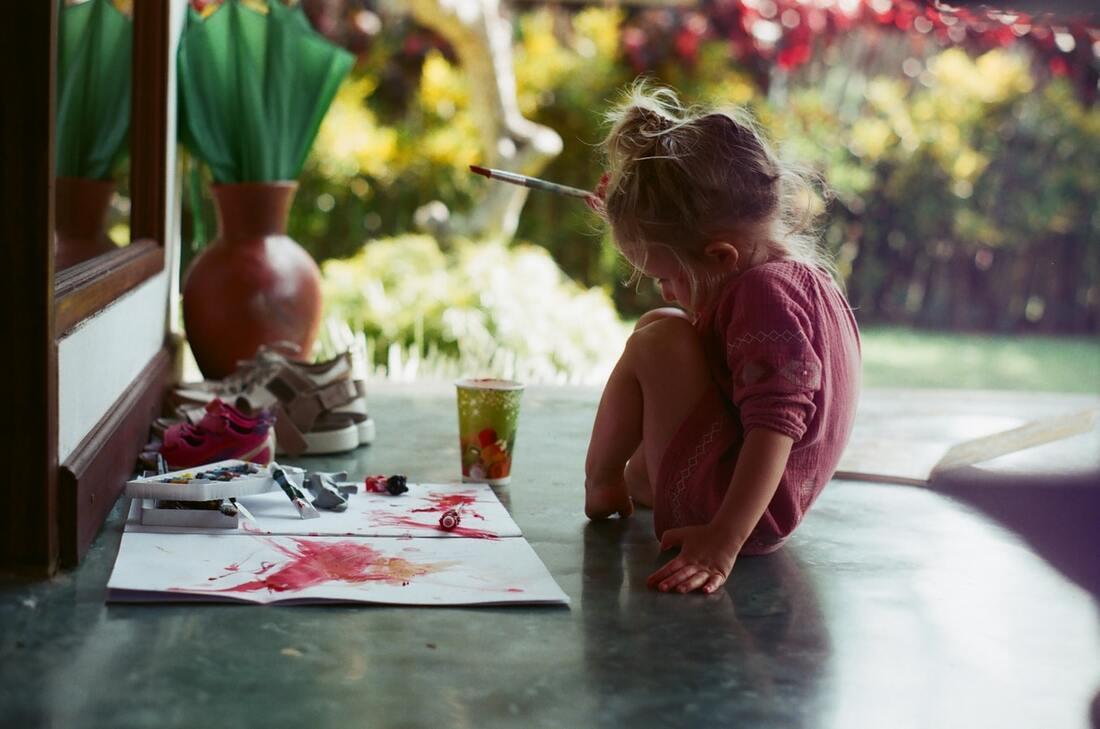
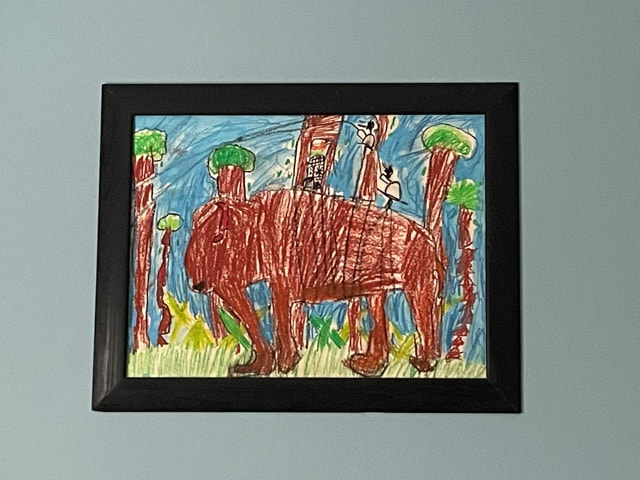
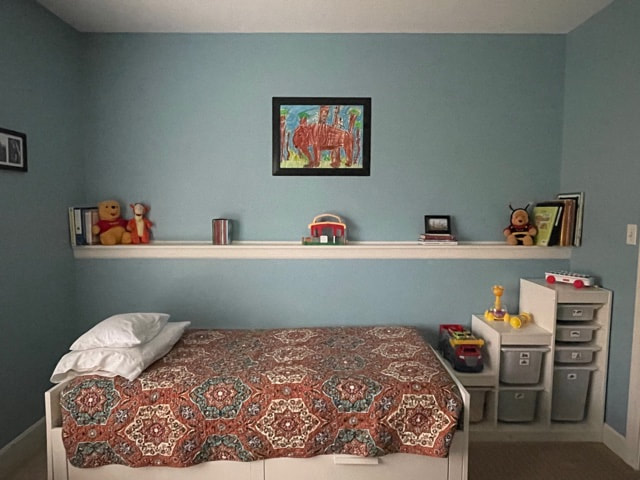
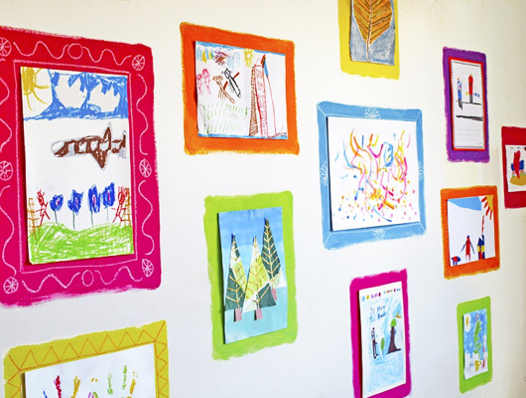
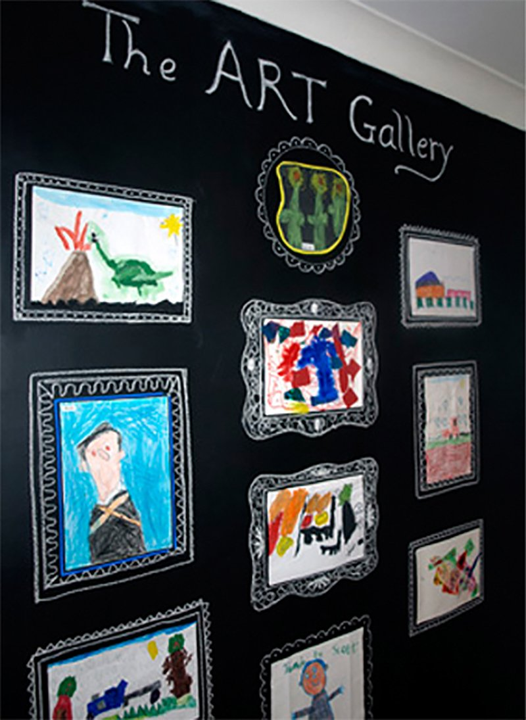
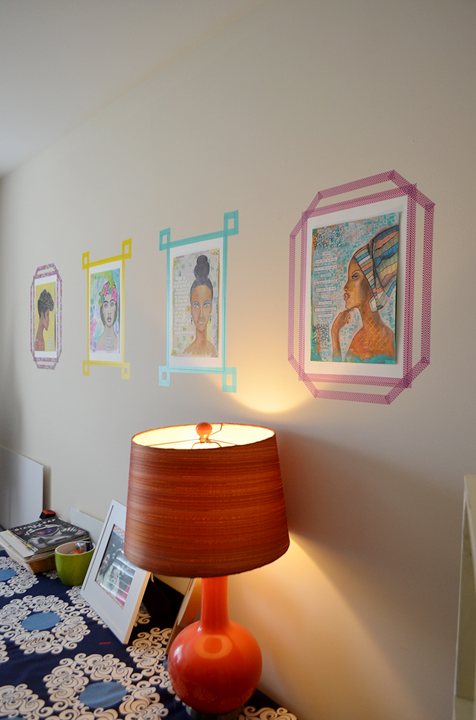
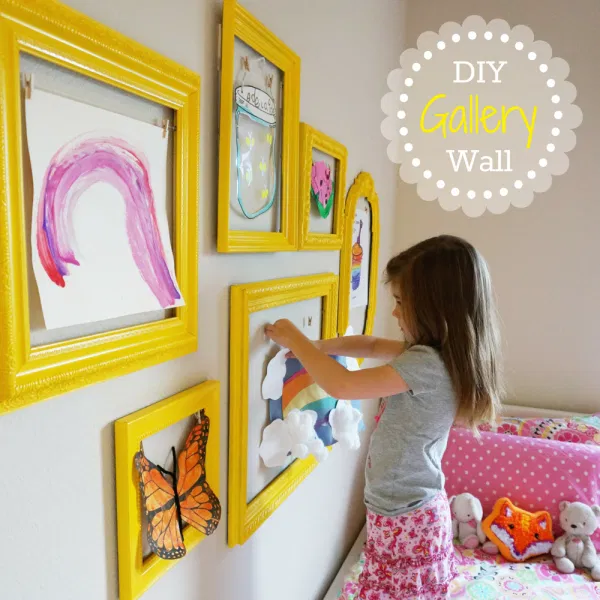
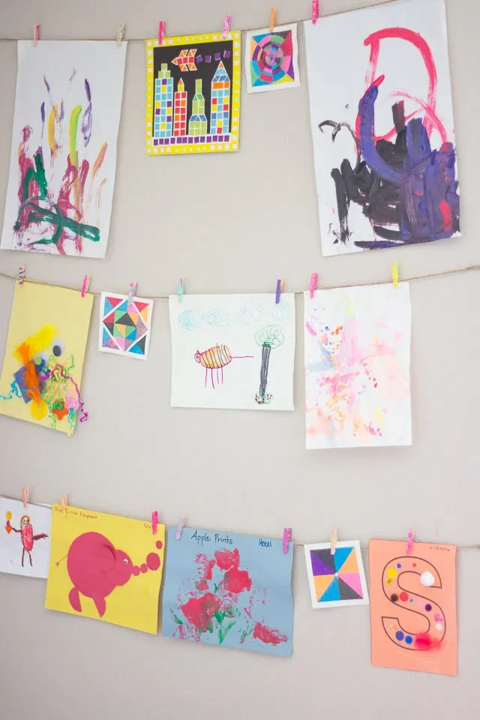
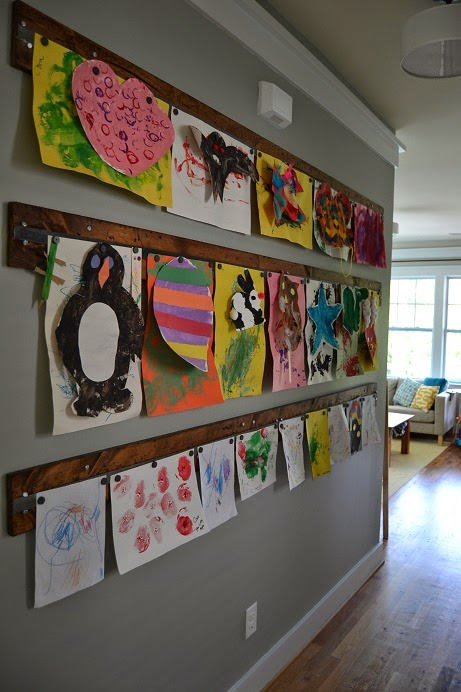
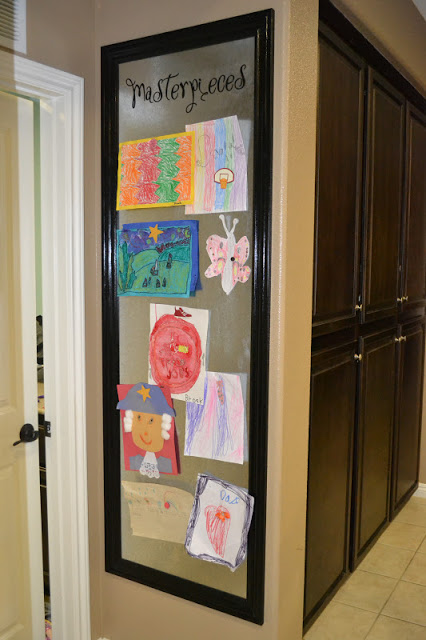
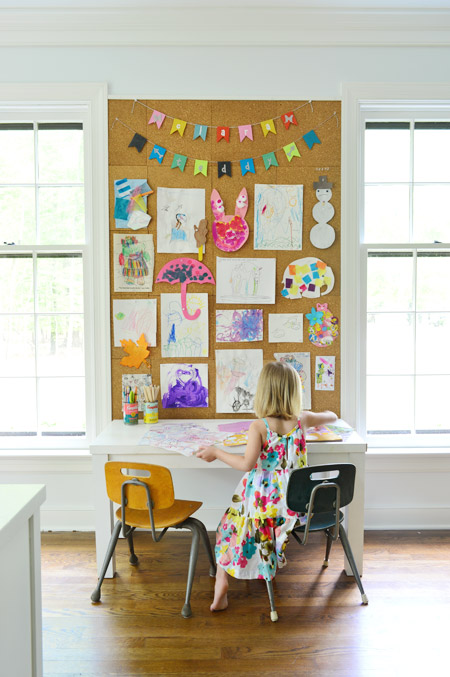
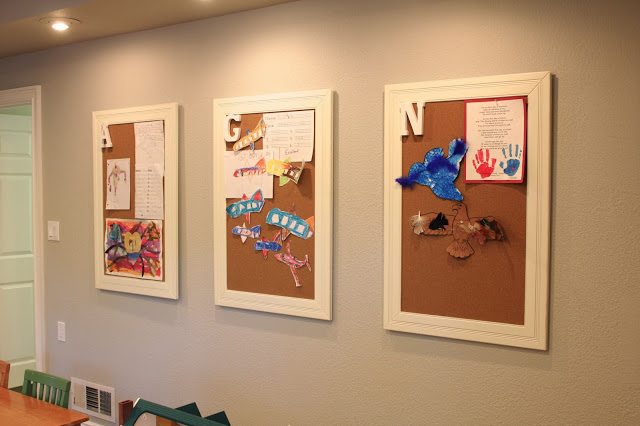

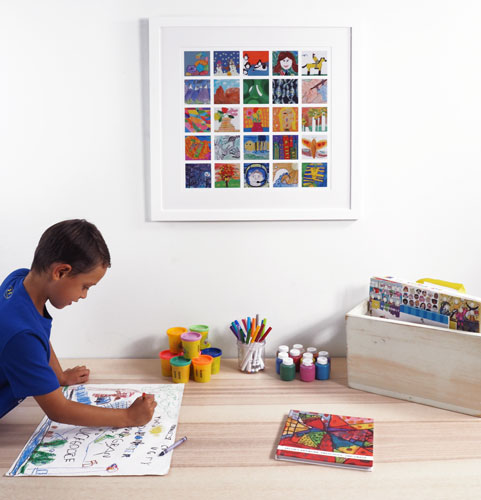
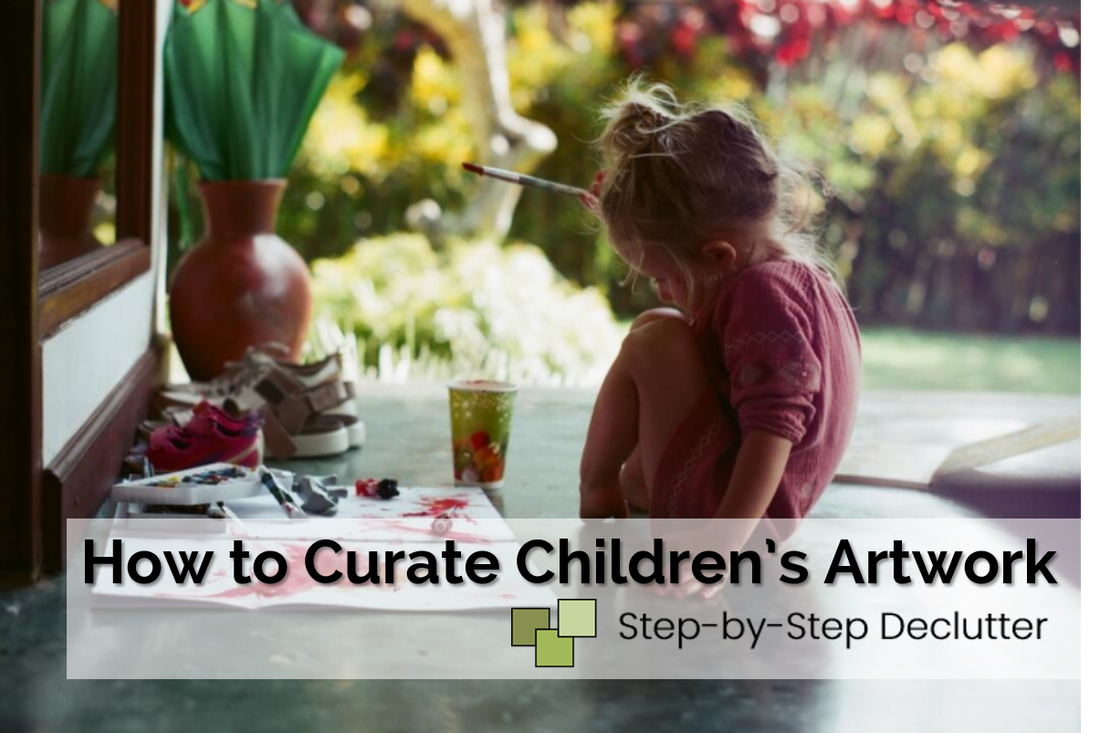
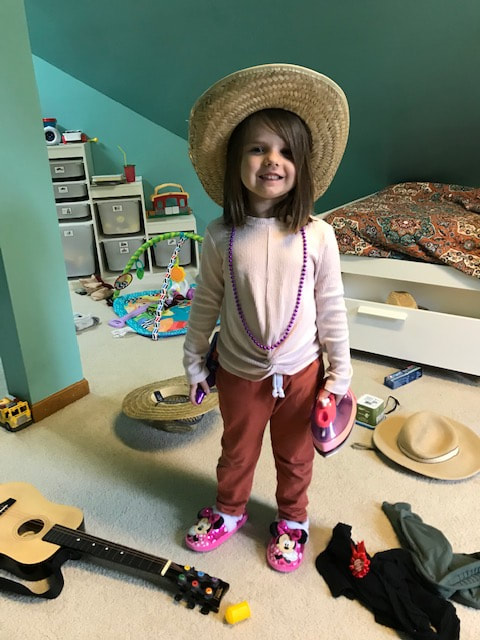
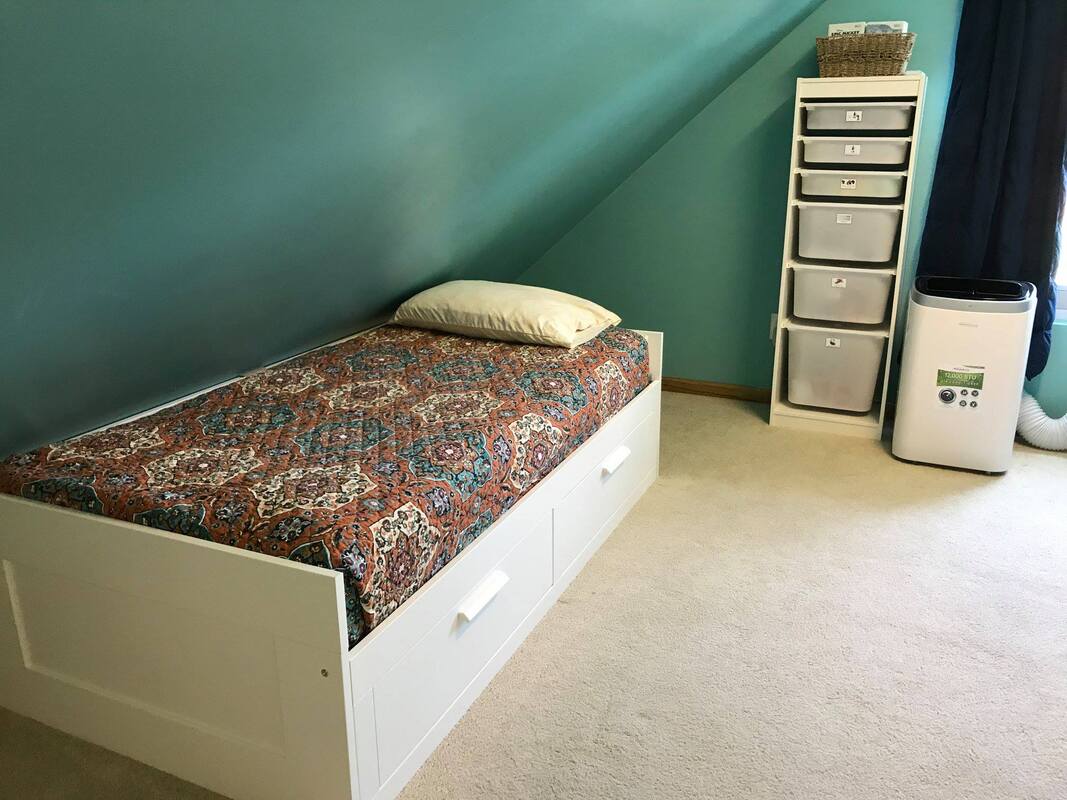
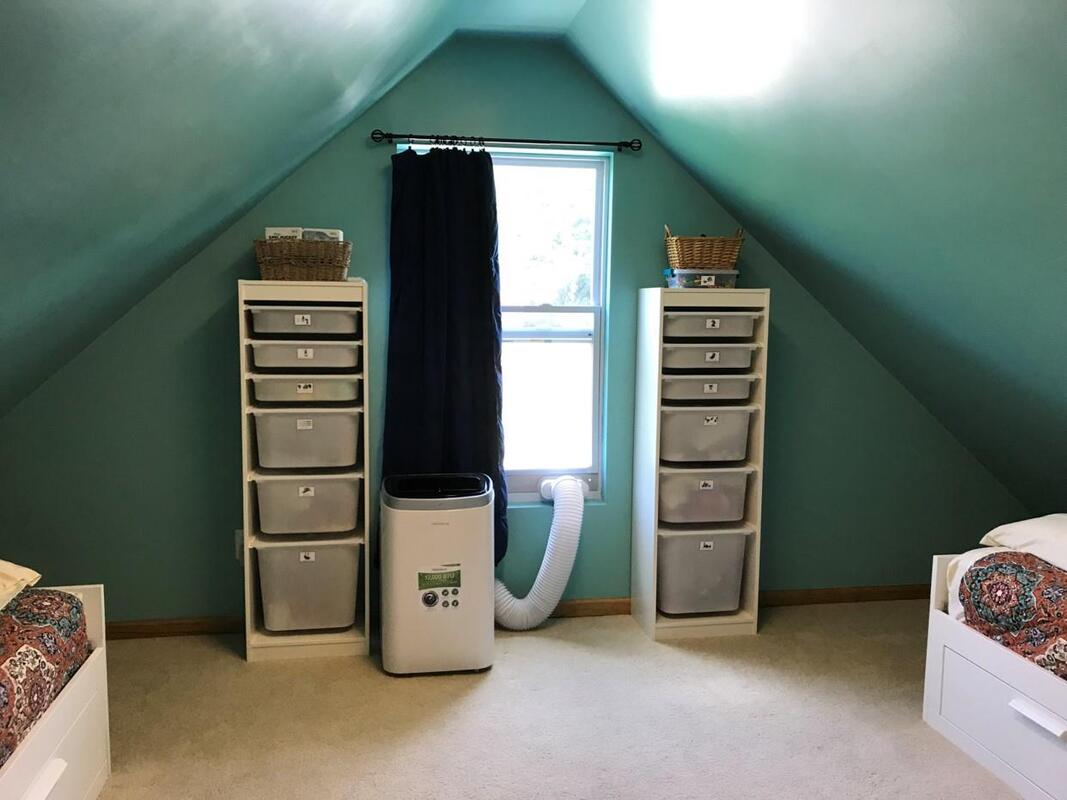
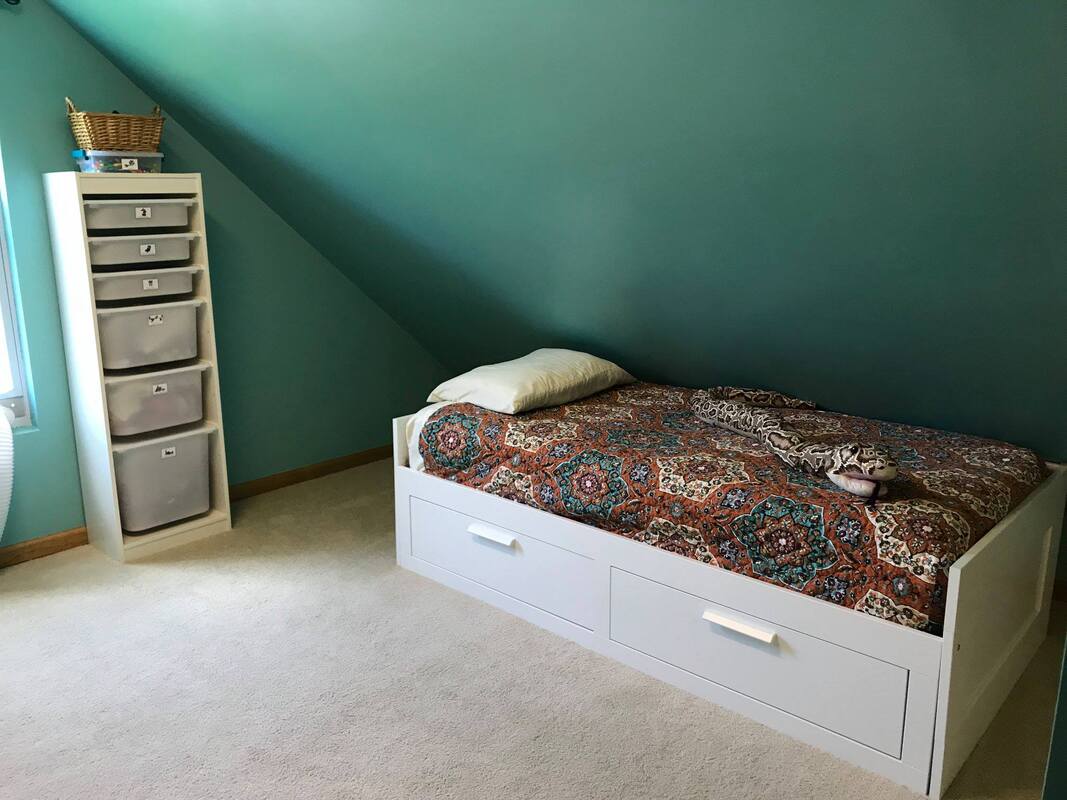
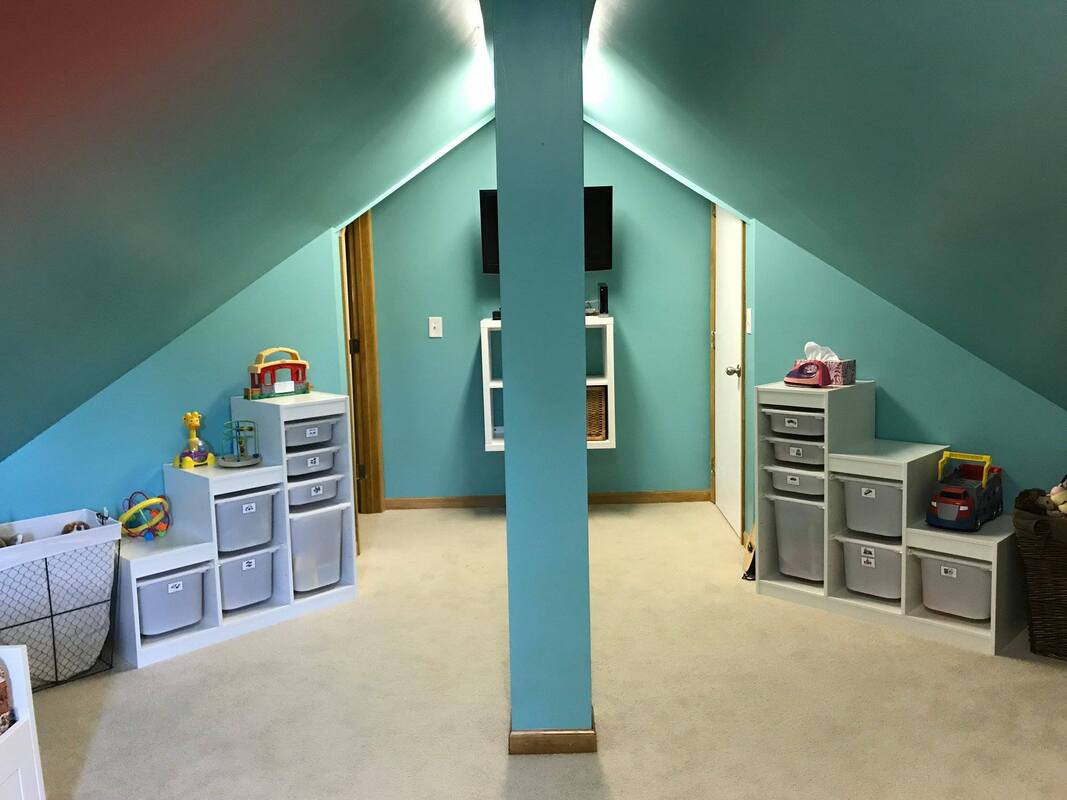
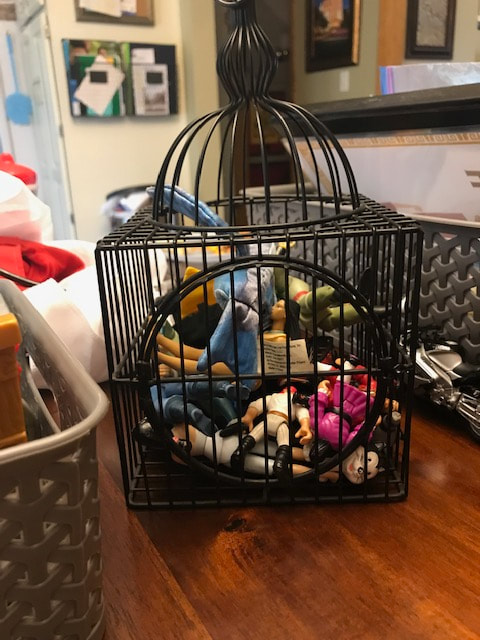
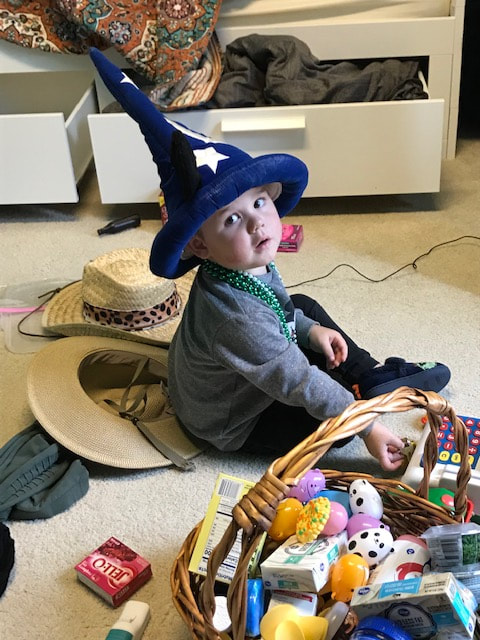
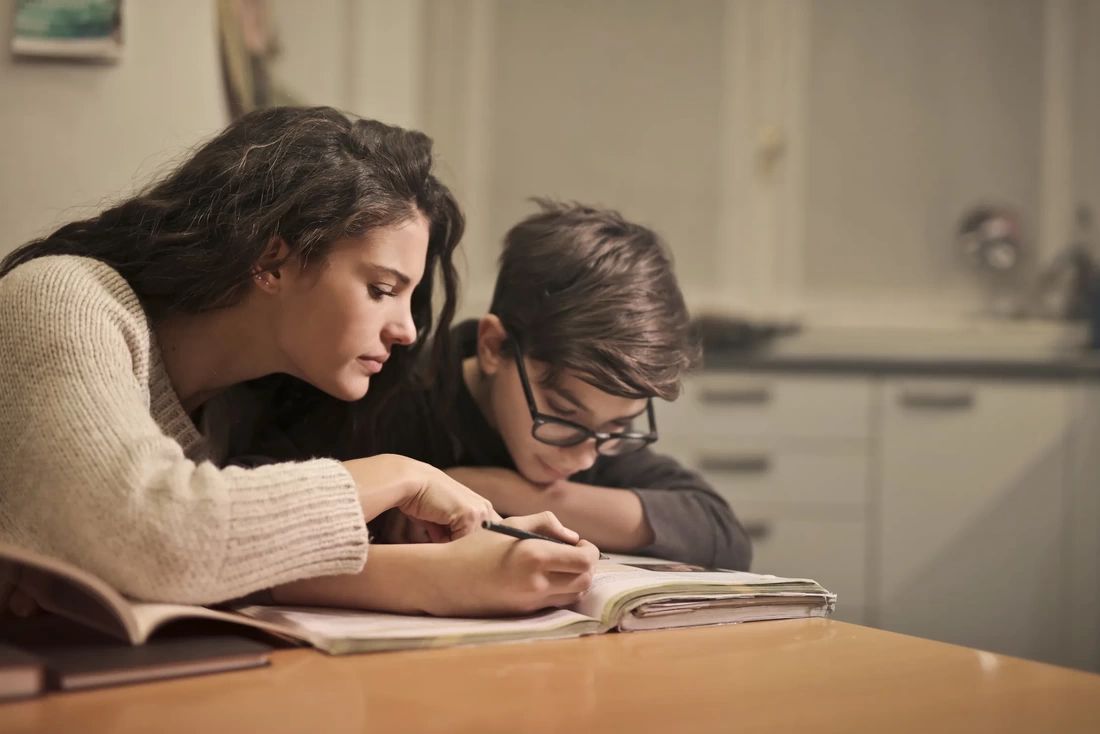




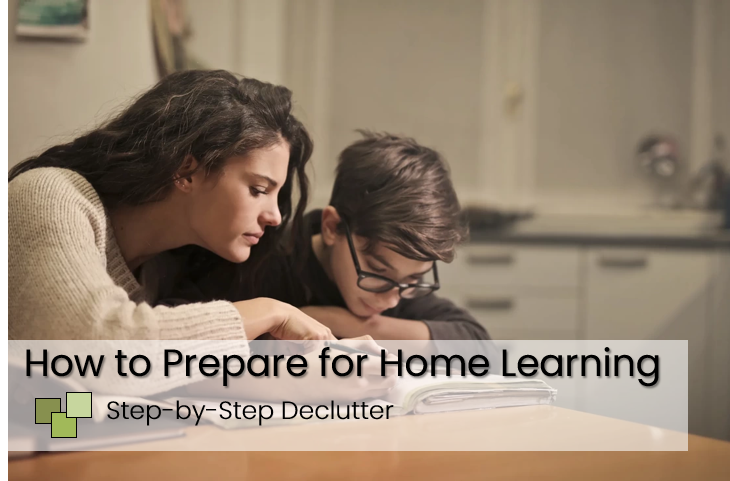

 RSS Feed
RSS Feed